-

by Adam Arca Mar 19, 2025 9 min read
-
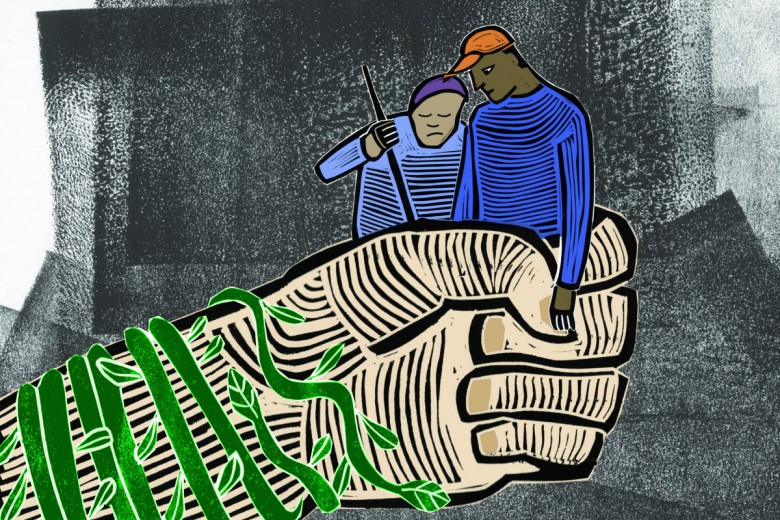
by Likam Kyanzaire Dec 31, 2024 7 min read
-
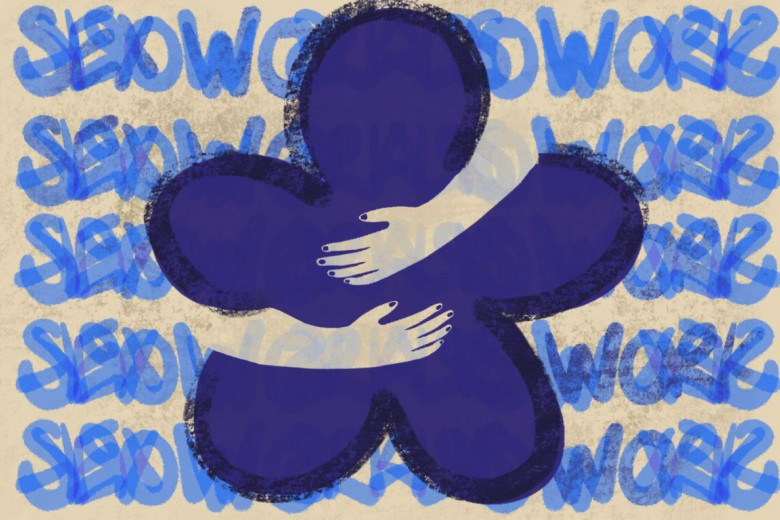
by Jenn Clamen Dec 31, 2024 10 min read
-
_780_520_90_s_c1.jpg)
by Simran Kaur Dhunna Oct 31, 2024 12 min read
-
_15_780_520_90_s_c1.jpg)
by Selena Phillips-Boyle Jul 5, 2024 3 min read
-
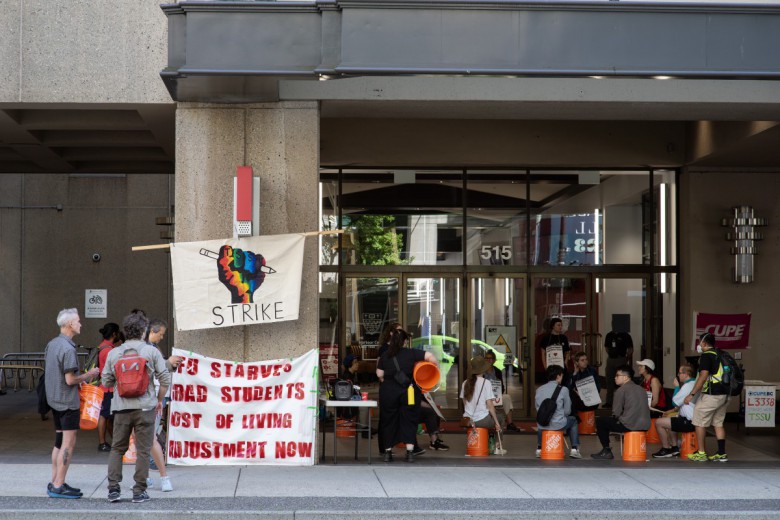
by Emma Arkell Jun 27, 2024 14 min read
-
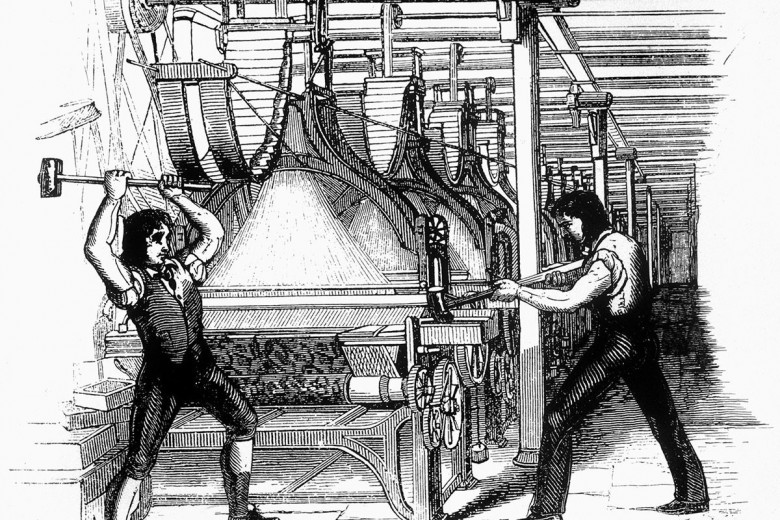
by Paris Marx Oct 25, 2023 5 min read
-
_780_520_90_s_c1.jpg)
by Sophie Jin Oct 25, 2023 4 min read
-
_780_520_90_s_c1.jpg)
by Julie Han Jul 6, 2023 5 min read
-
_780_520_s_c1_c_t.png)
by Kate Jacobson Mar 7, 2023 6 min read
-
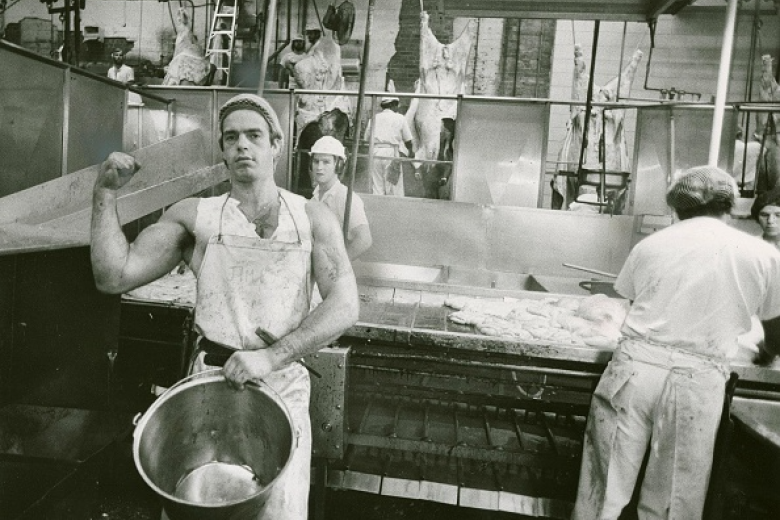
by Jordan House and Asaf Rashid Feb 27, 2023 5 min read
-
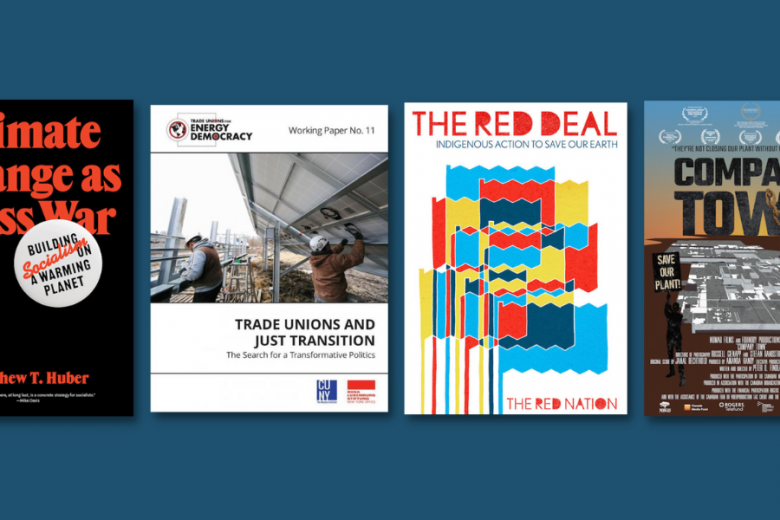
by Joshua K. McEvoy Nov 1, 2022 6 min read
-
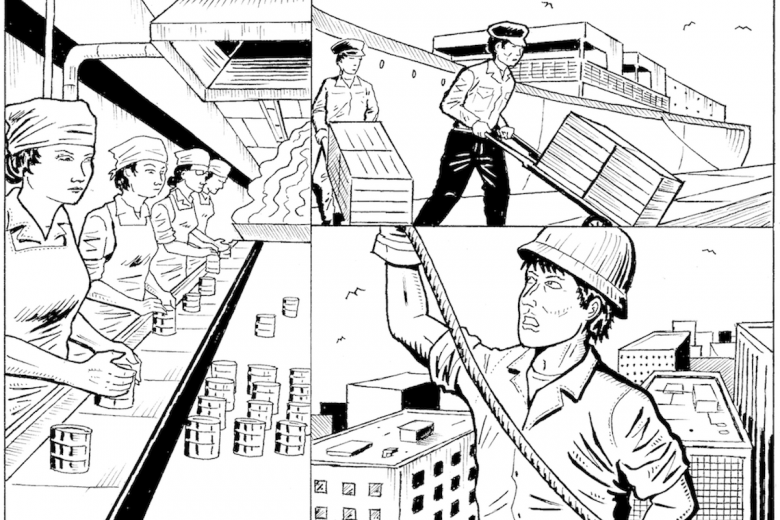
by Mike Gouldhawke Nov 1, 2022 7 min read
-
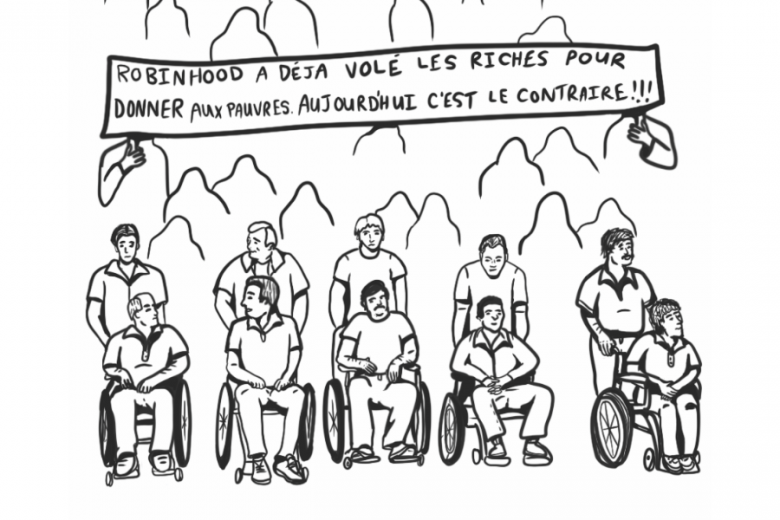
by Liam Devitt Nov 1, 2022 11 min read
-

by Hannah Kaya and Hannen Sabean Nov 1, 2022 12 min read
-
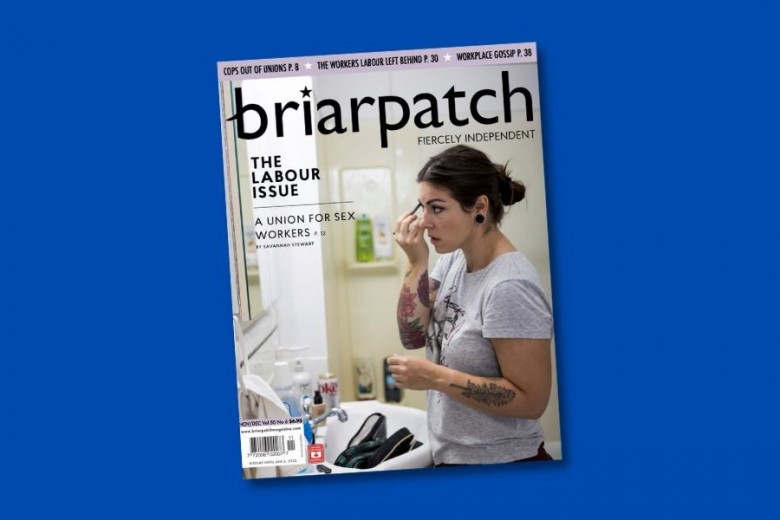
by Saima Desai Nov 4, 2021 3 min read
-
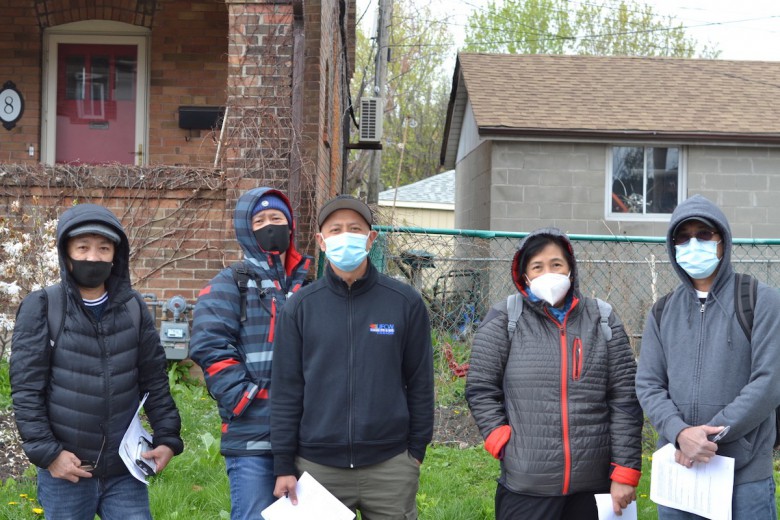
by Megan Kinch Jul 5, 2021 10 min read
-
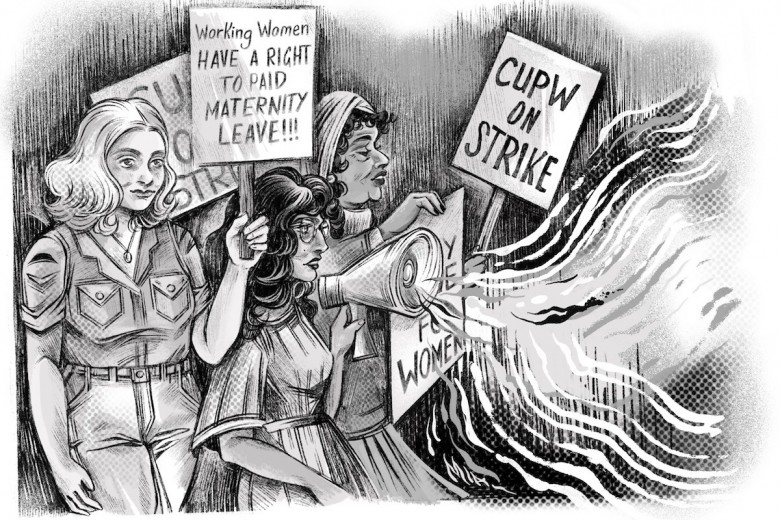
by Dan Darrah Jun 30, 2021 12 min read
-
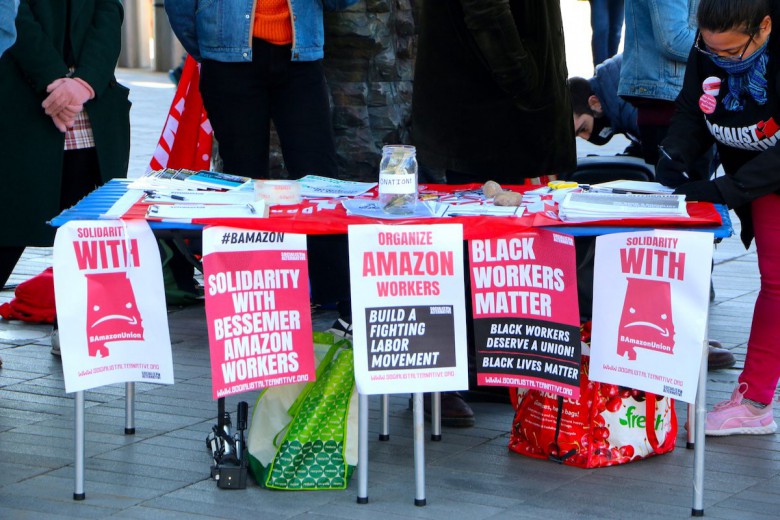
by Saima Desai May 3, 2021 4 min read
-

by James MacDonald Feb 3, 2021 8 min read



_780_520_90_s_c1.jpg)
_15_780_520_90_s_c1.jpg)


_780_520_90_s_c1.jpg)
_780_520_90_s_c1.jpg)
_780_520_s_c1_c_t.png)












